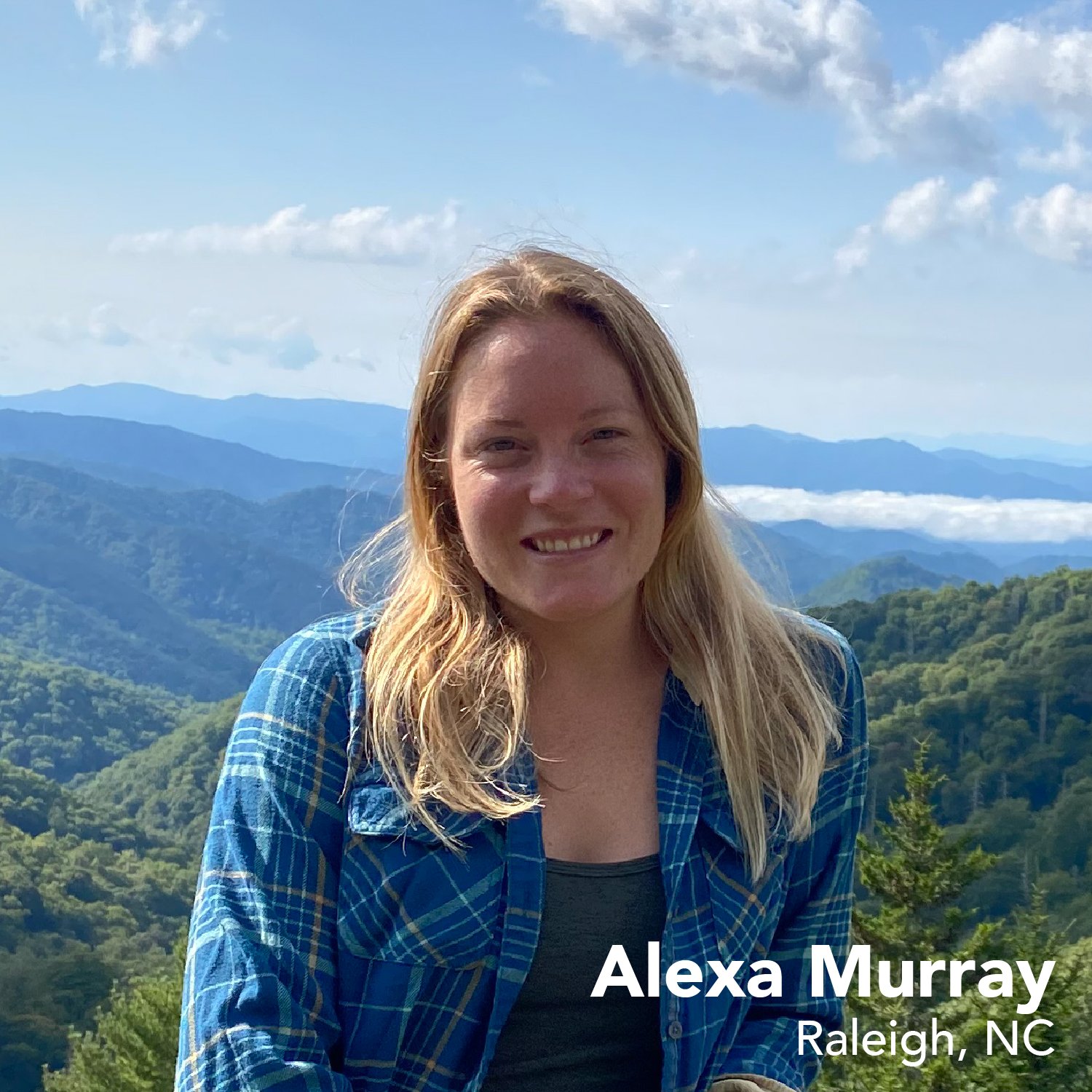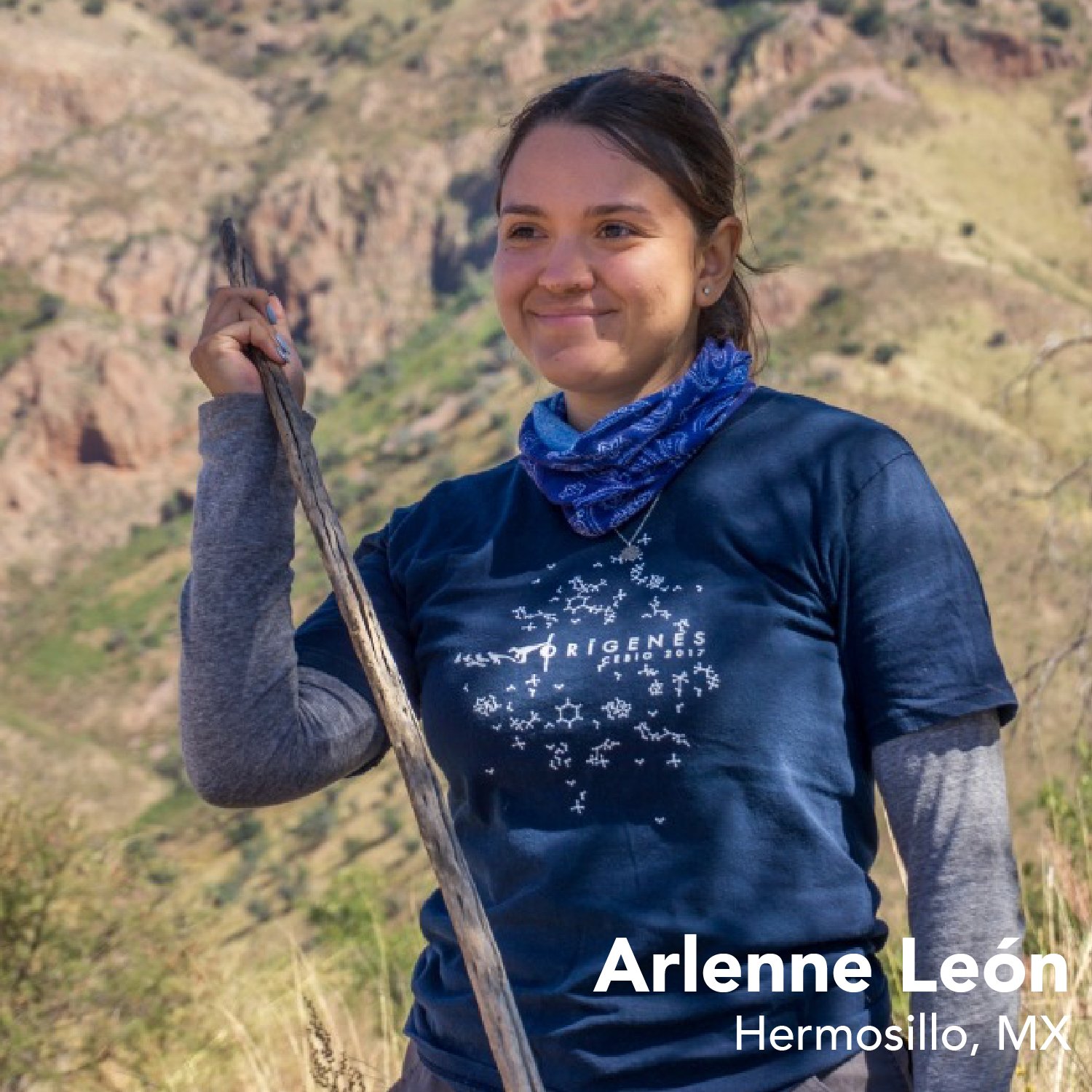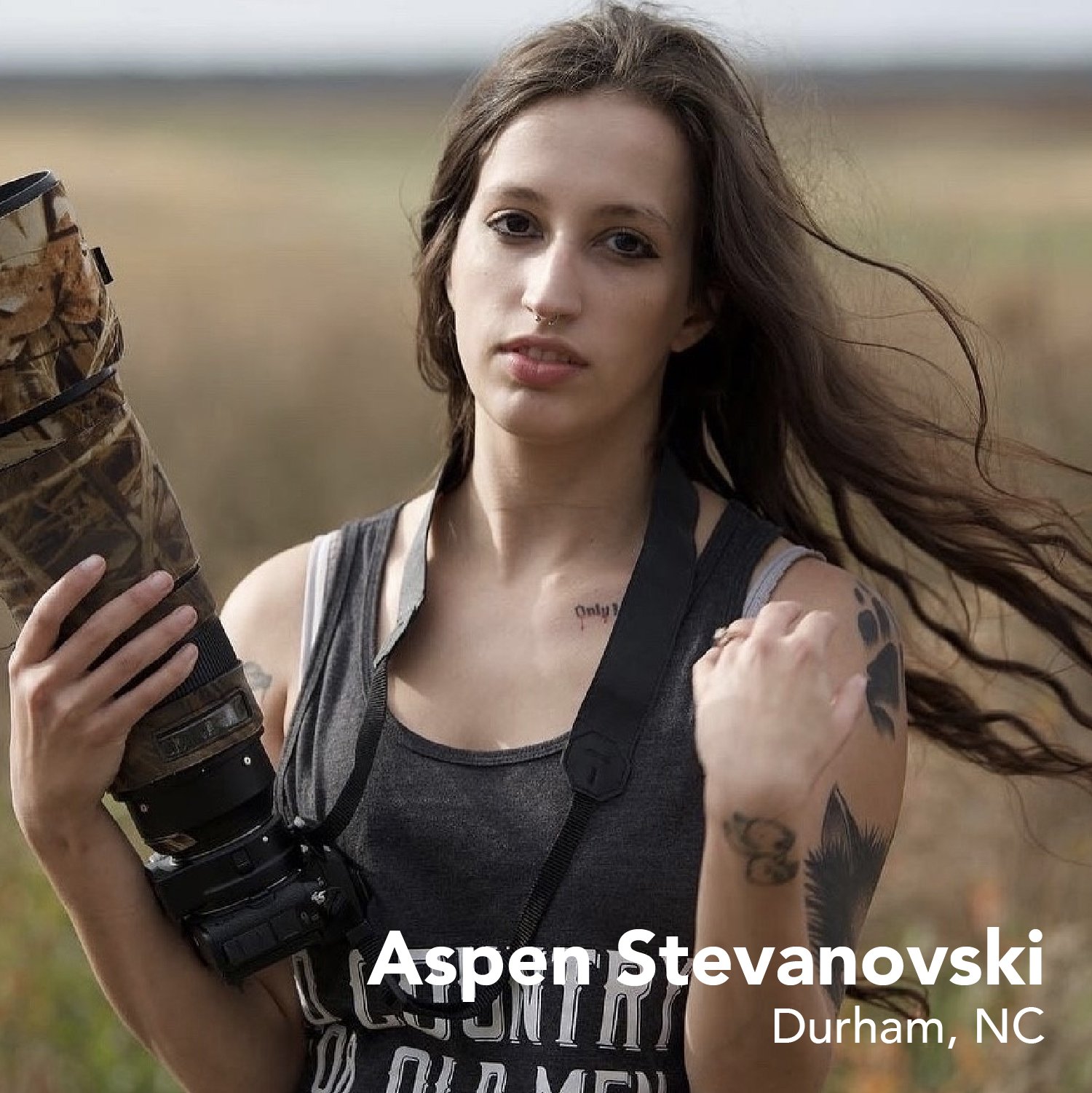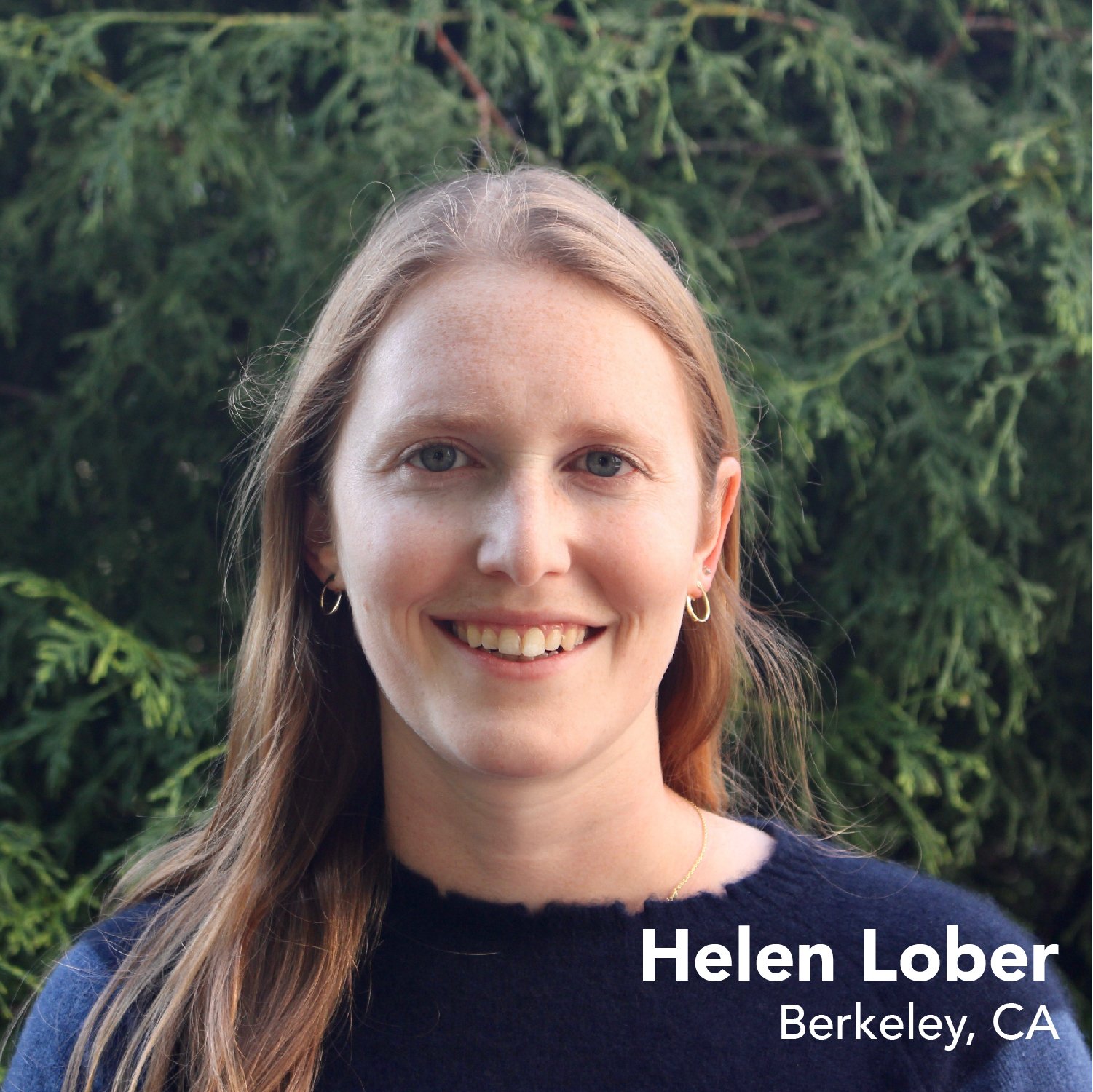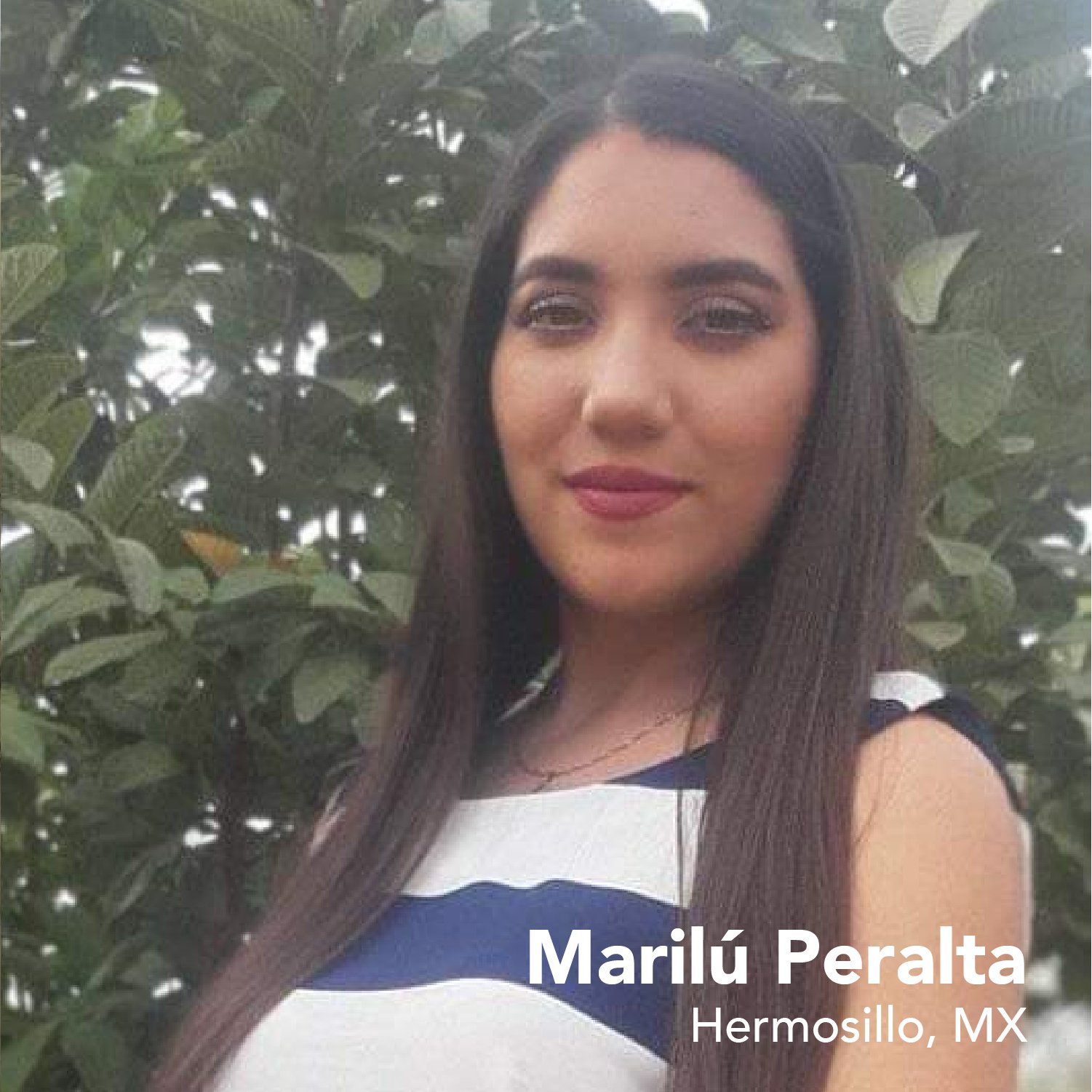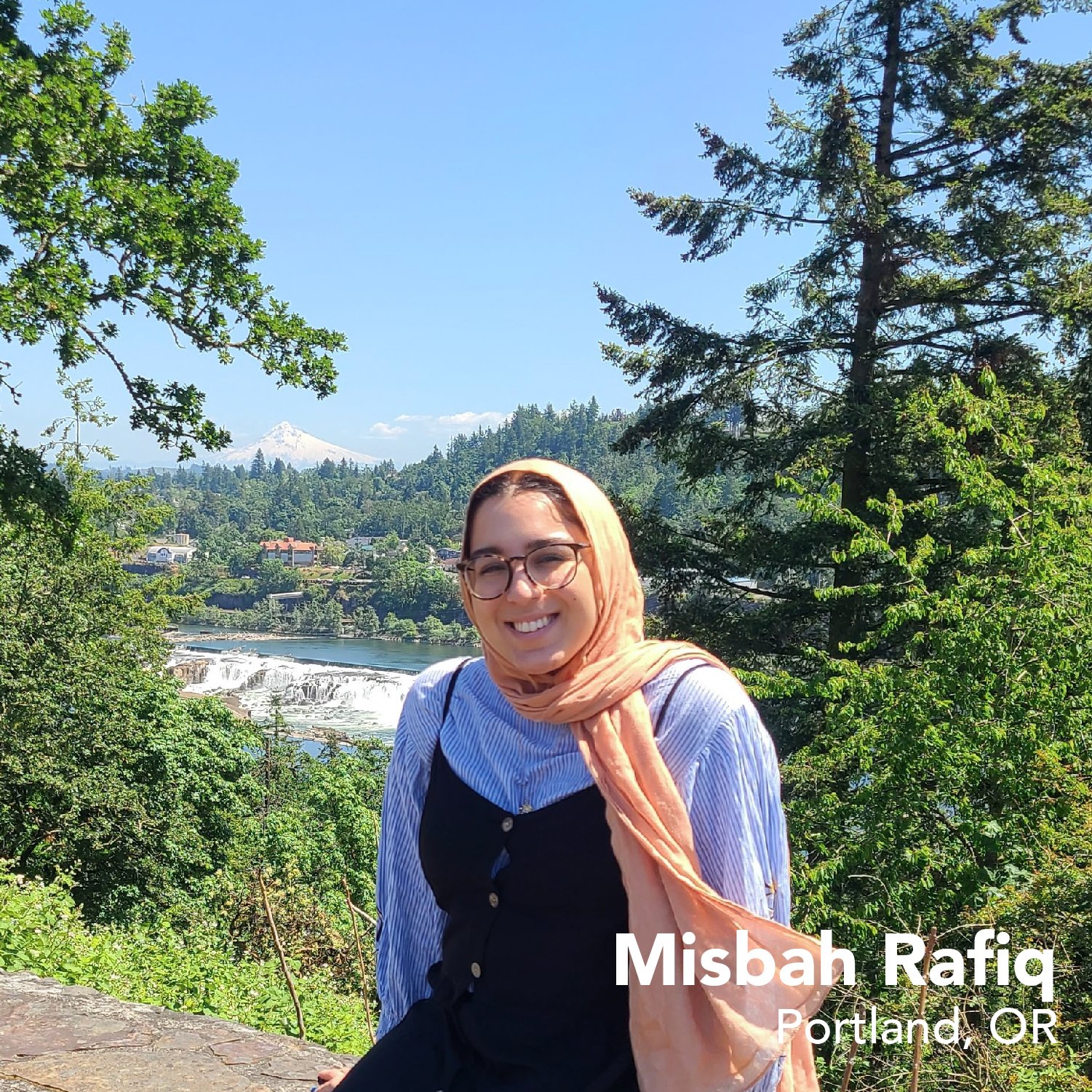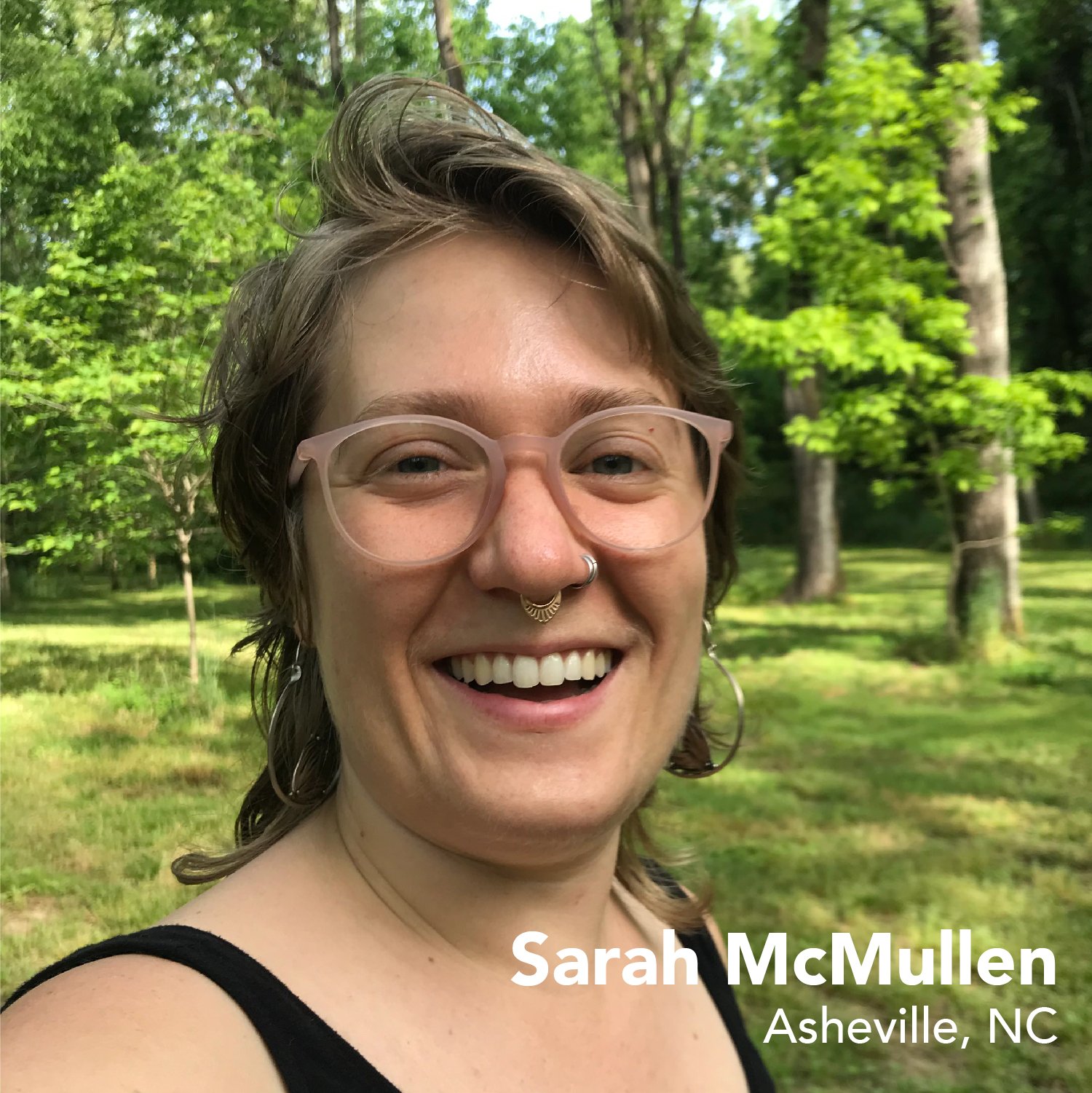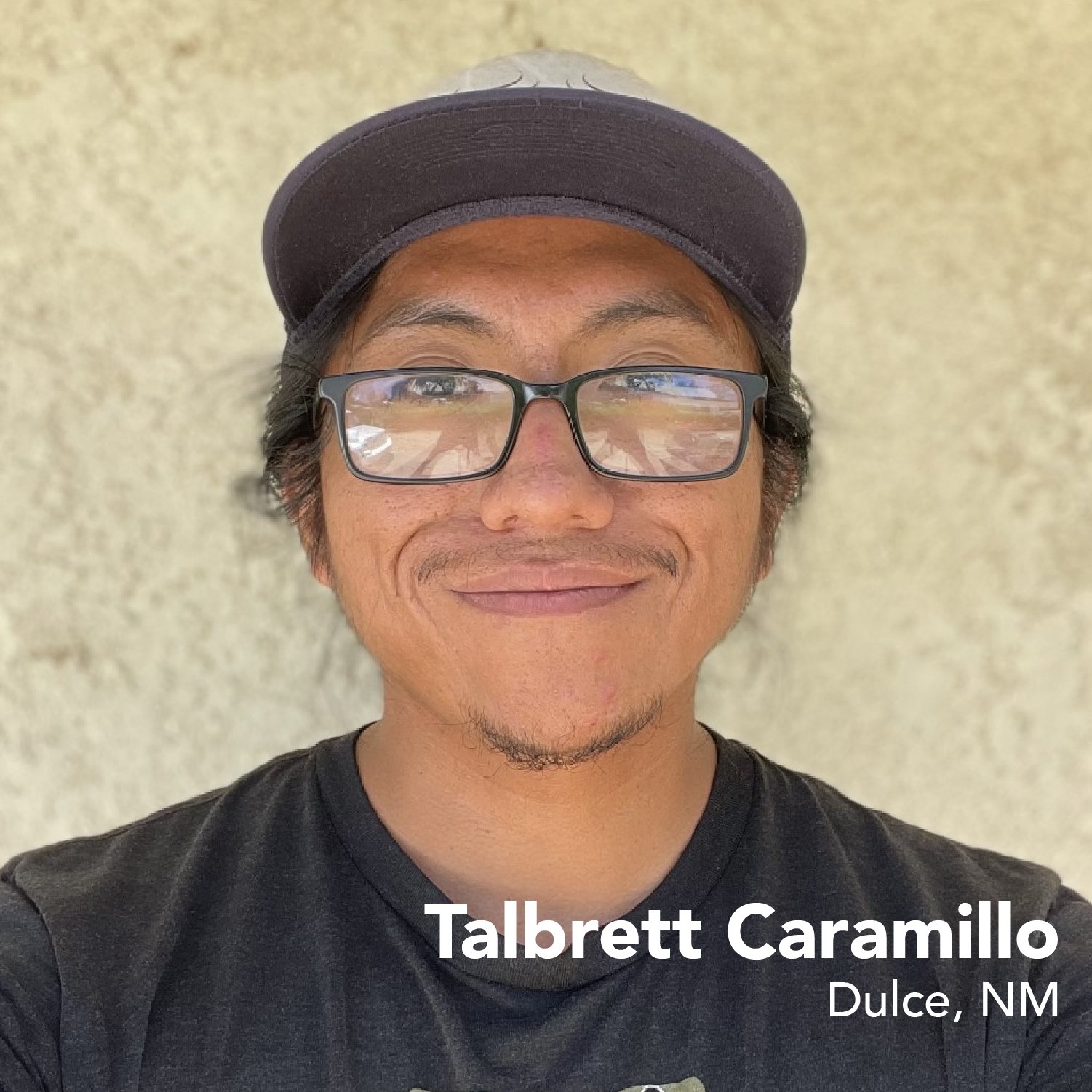Welcoming a New Class of Wildlands Network Interns
Hailing from North Carolina to California and Hermosillo to Portland, Wildlands Network’s summer interns bring a diverse set of backgrounds, interests, and expertise. But across the board, they are passionate about nature and ensuring wildlife have the space they need to thrive across North America.
“I was inspired to apply [to intern at Wildlands Network] after hiking the Appalachian Trail and spending several years living in southwestern Colorado,” said Helen Lober, a law student at UC Berkeley who is analyzing state connectivity policy this summer. “These experiences highlighted both the importance of habitat connectivity and some of the challenges involved.”
We put the new interns on the spot on day one and asked them to tell us their favorite North American species. Among their answers were the river otter, American beaver, and Sphagnum, a genus of peat moss.
“Each organism that lives in North America is unique and worth preserving, but I do have a big interest in Pronghorn,” said Talbrett Caramillo, a tribal member from the Jicarilla Apache Nation in New Mexico. “The Pronghorn is an important species to my culture and is a symbol of strength to us.”
This cohort of interns join science interns Marilú Peralta and Aspen Stevanovski and volunteers Armando Ponce De Leon and Arlenne León, all of whom have been working with Wildlands Network for several months. Aspen is based in North Carolina and focuses on processing camera trap data for critically-endangered red wolves. Marilú, Armando, and Arlenne support our road ecology work from several locations within Mexico, which includes conducting roadkill surveys, camera trap wildlife monitoring, and GIS and engineering analyses.
“Effective change requires a diversity of tactics and pragmatism,” said Sarah McMullen, a graduate student at UNC Asheville who is studying which animals are using the wildlife crossing in North Carolina’s Gorges State Park, with a focus on timber rattlesnakes. “Wildlands Network provides an inspiring example of managing human-wildlife interactions and rebuilding biodiverse resilient ecosystems. I am so excited to be a part of this!”


